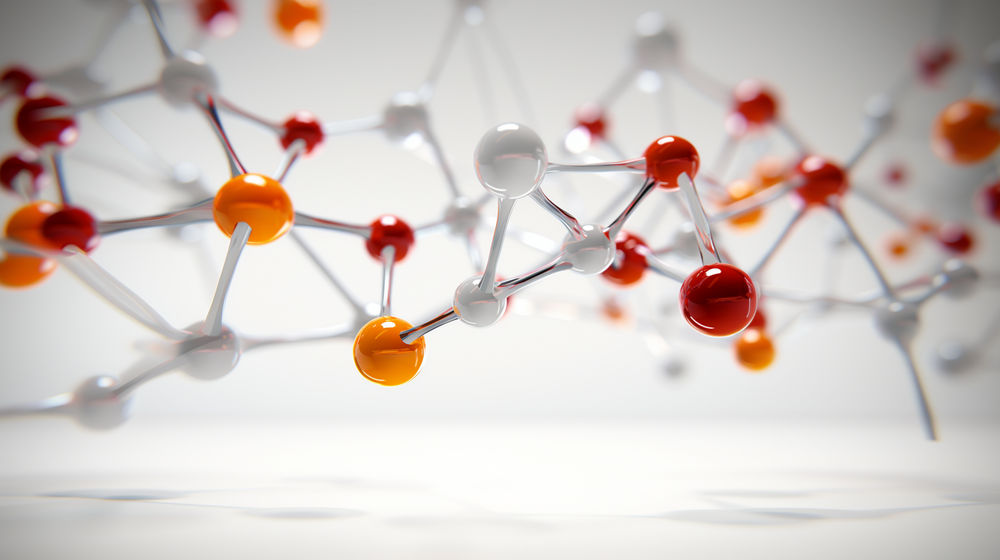Simple synthesis of three-dimensional microstructures by time-delayed electrodeposition
Advertisement
Increasingly smaller and more intricate microsystems technology is gaining ground. Complete systems for chemical analysis or medical diagnostics, among others, can now be reduced to the size of a thumbnail. However, production of the necessary three-dimensional microstructures by conventional processes is very expensive.
American researchers David LaVan and Paul George working with Robert Langer at MIT have now developed a substantially simplified production method based on time-delayed electrodeposition of the conducting polymer polypyrole or the metal nickel.
In the first step of the process, conventional photolithography is used to form a two-dimensional structure, which acts as the base. This is done by depositing photoresist (a light-sensitive plastic) onto a silicon nitride coated silicon wafer and exposing it to light through a mask containing a desired pattern. Wherever the photoresist is exposed to light, it is changed such that it can be selectively dissolved away. After a subsequent electron beam deposition process, only the exposed surfaces are covered with gold. Once the remaining photoresist is removed, the desired two-dimensional gold pattern is left behind. The novel factor is the tiny gaps with which the researchers selectively separate individual regions of the gold pattern. During the following electrodeposition step, when a voltage is applied at a point on the gold pattern, the current only affects a single region, which is surrounded by gaps. At this point, the deposition of polypyrole -- or of nickel -- begins. As the material is deposited, it grows in height as well as laterally over the gold surface. In this way, the gaps are eventually bridged. Once a connection to a neighboring region is established, the current can flow there as well. Deposition thus starts in the adjacent region until the next gap is bridged, and so on. Because the growth of the material in the individual regions is staggered over time, the resulting structures are staggered in height. The difference in height can be controlled by changing the size of the gaps. The completed structure can then be used as a mold for duplication.
The MIT team was thus able to build a mold for a branched microvascular system. This technique may allow for the generation of scaffolds for the production of blood vessels within artificial organs.
Other news from the department science
Most read news
More news from our other portals
See the theme worlds for related content
Topic world Synthesis
Chemical synthesis is at the heart of modern chemistry and enables the targeted production of molecules with specific properties. By combining starting materials in defined reaction conditions, chemists can create a wide range of compounds, from simple molecules to complex active ingredients.

Topic world Synthesis
Chemical synthesis is at the heart of modern chemistry and enables the targeted production of molecules with specific properties. By combining starting materials in defined reaction conditions, chemists can create a wide range of compounds, from simple molecules to complex active ingredients.























































